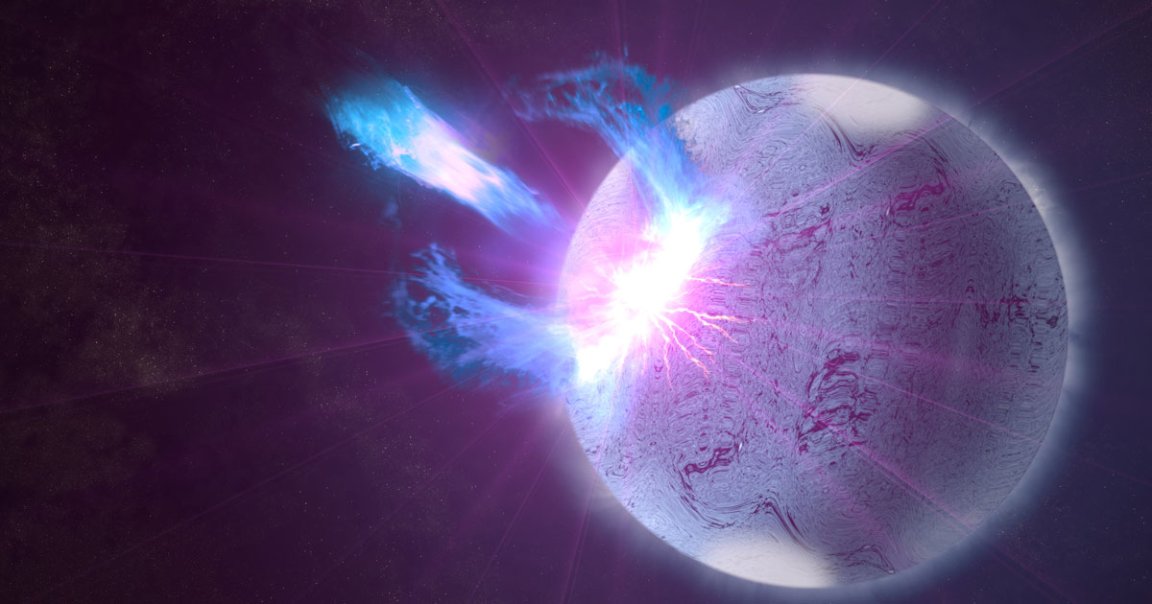
Charging Up
For the first time, astronomers were able to watch the entire process of a neutron star absorbing material and eventually unleashing a powerful blast of x-rays.
Scientists have long wondered why neutron stars create these violent outbursts. This time around, it took 15 scientists from five institutes using seven observatories in order to gather the complete data set, according to a Monash University press release. And with that data in hand, the scientists hope to finally make sense of these massive x-ray blasts.
Shoop Da Woop
After 12 days of absorbing matter from its accretion disk — matter swirling around in a ring or spiral — the neutron star blasted out a jet of x-rays several thousand times brighter than our Sun. Before this study, scientists thought the pre-outburst accretion phase only lasted two or three days at most.
The explosion lasted weeks, according to the research, which was accepted for publication in the journal Monthly Notices of the Royal Astronomical Society. During that brief window, it gave off as much energy as our Sun does in a decade.
Rare Glimpse
Ultimately, scientists hope to use this unusually-comprehensive data set to improve their understanding of neutron stars and, ultimately, make better sense of the universe.
“This work enables us to shed some light on the physics of accreting neutron star systems, and to understand how these explosive outbursts are triggered in the first place, which has puzzled astronomers for a long time,” New York University researcher David Russell said in the release.
READ MORE: Astronomers capture a pulsar ‘powering up’ [Monash University]
More on neutron stars: Astronomers Discover a New Source of Spectacular Radio Jets